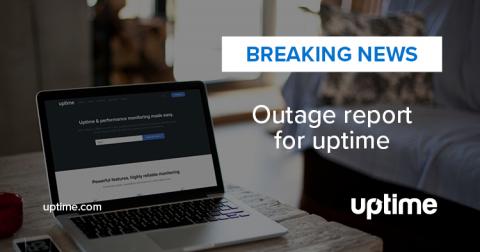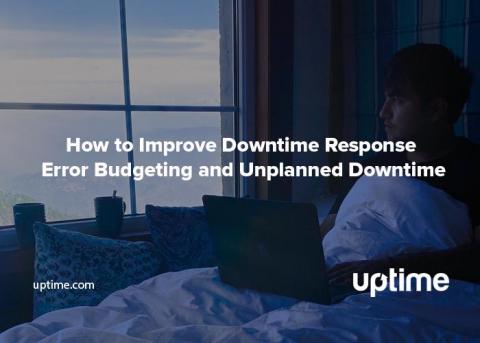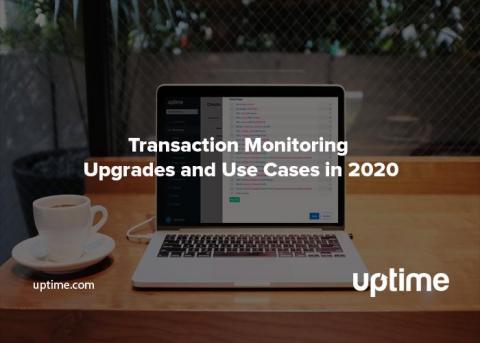What Makes SSL Fail, and What Can SREs Do About It?
TLS (and the previously used SSL) protocols make the web go round. They are fundamental when establishing a link between two computers, creating a very special mathematical relationship signified by the all-encompassing gesture of friendship: the handshake. So fundamental, in fact, that we probably take them for granted when we shouldn’t. The user relies on TLS encryption every day to protect data and the integrity of a session.









